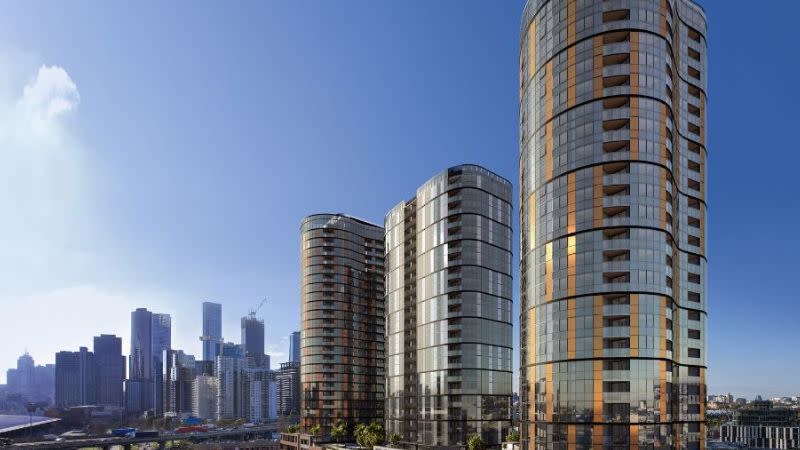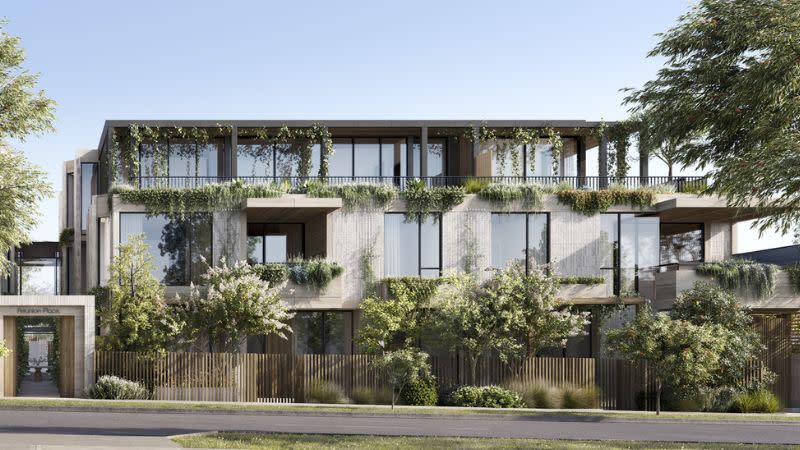Resources
Newsletter
Stay up to date and with the latest news, projects, deals and features.
Subscribe
The authenticity and egalitarianism of the community-driven Museum of Old and New Art in Tasmania should be a blueprint for build-to-rent as it moves into its next phase.
So says James Pearce, a partner at architecture firm Fender Katsalidis, who will present at The Urban Developer’s The Evolution of Build-to-Rent in Australia vSummit on May 25.
While things are looking bright in build-to-rent helped along by a major tax overhaul, it should not be resting on its laurels.
“There are three ingredients to a great build-to-rent project,” according to Pearce, whose firm is behind one of Australia’s biggest build-to-rent projects to date—the $500-million South Yarra Greystar project.
“The onsite staff and management of the place is obvious and probably 99 per cent of it.
“The second is the infrastructure of the public spaces, and the third one is engagement—and that’s where MONA comes in.”
The Museum of Old and New Art, launched in 2011 by millionaire David Walsh, is the largest privately funded museum in the southern hemisphere.
“MONA as a gallery was designed specifically for David Walsh and designed how he thought art should be displayed and seen,” Pearce said.
“Right down the list of priorities was how anyone else would think about it, and it’s not the way you typically start something like that.
“It’s interesting to think that what was key to David was that people made their own minds up about the art. Other institutions are seen as preachy and elitist—‘if you don't understand art we will tell you what good art is.’
“At MONA they don’t even have plaques on the wall, but you can look it up on a device if you want to. There will be works by a rockstar European artist and then a local Tasmanian, which is fabulous.”

While the connection might not be immediate between MONA and build-to-rent, this more egalitarian approach is something all developers should consider.
“People know how they want to live —and wouldn’t it be great if someone asked them?” Pearce said.
“If someone has lived in that suburb for 20 years and then developers and architects come in and say, ‘I know what this place needs, not you’ [it’s not a great start].
“What MONA’s approach does, and what it can mean for both build-to-sell or build-to-rent, is that it makes people feel important again—they can decide for themselves.”
This is a principle that Fender Katsalidis is bringing to the development for Greystar.
“As we found with South Yarra, build-to-rent can and should become a real part of the community—it’s not a themed separate group of people, it should be a part of a community that people love.
“That comes through in the materials we use and the designs we do, and it also goes back to how the staff manage the place and how the residents are treated.”
Community is a key factor to any successful built-to-rent, especially getting it off the ground, as Pearce discovered at developments at Hampton, 14km south-east of the Melbourne CBD, where architects with the firm have worked on Reunion Place and Piper Residences.
At one site, a developer had tried to get a build-to sell project off the ground, but animosity from the surrounding community led to a lengthy VCAT process
“Projects, especially build-to-rent projects, can be at a decent scale, and change can be a worrisome thing for anyone already living in an area,” Pearce said.
“The marketing for a project starts as soon as you start your planning process.
“So at Hampton we ran a very extensive community engagement process.
“The very first thing we did was have a meeting with that community group [that had opposed the previous development] so the idea of build-to-rent and engaging with the community from the start made it a positive thing from the very beginning.”

Concerns over scale, privacy and overlooking into neighbours’ backyards were dealt with and plans changed even before the official DA process began.
“It doesn’t mean we do everything they ask for—it needs to work for the developer as well,” Pearce said.
“Design can and should be a collaborative exercise and it can turn into a mess if it’s not guided and managed.”
But this is a responsibility all developers should have to surrounding communities, Pearce said, particularly with build-to-rent.
“We’d like to think all our developers care about the ongoing impact of the building, but it’s another thing if you’re still there and responsible for it and trying to have that building sell itself over its whole lifetime.
“This approach aligns with build-to-rent as a whole, where there are already an incredible number of incentives which are all aligned, from environmental and energy concerns to maintenance.
“Getting these systems right in the first place makes a difference.”
The Urban Developer’s The Evolution of Build-to-Rent in Australia vSummit will be held on Thursday, May 25.